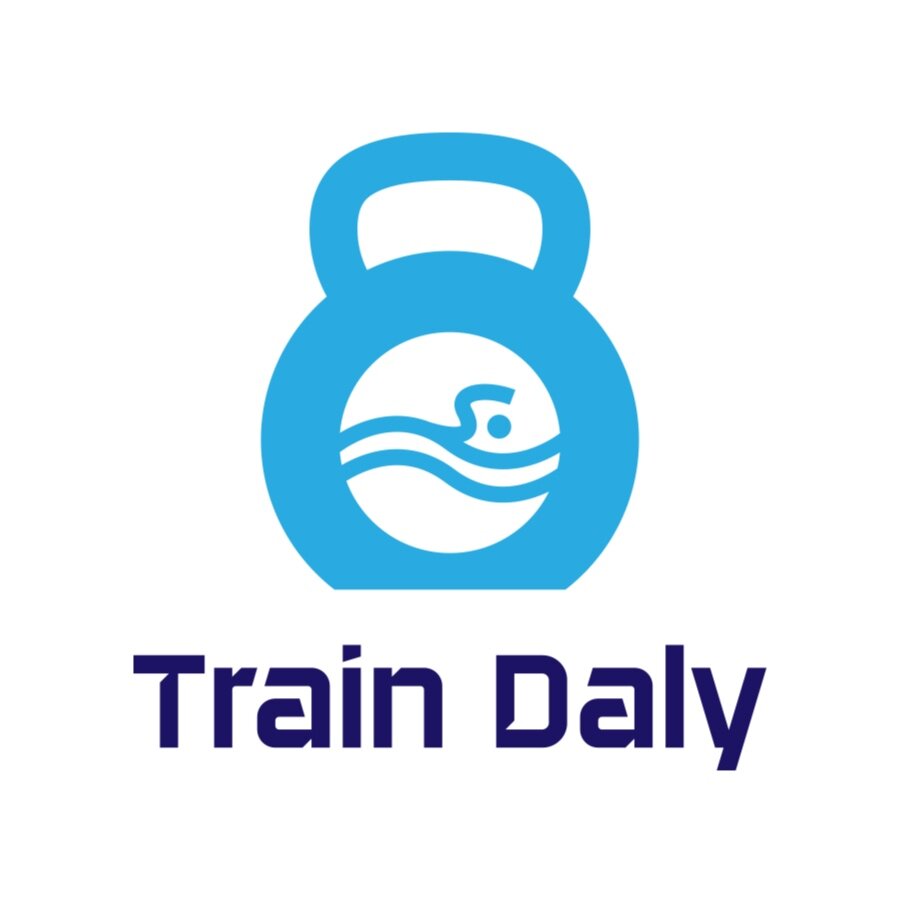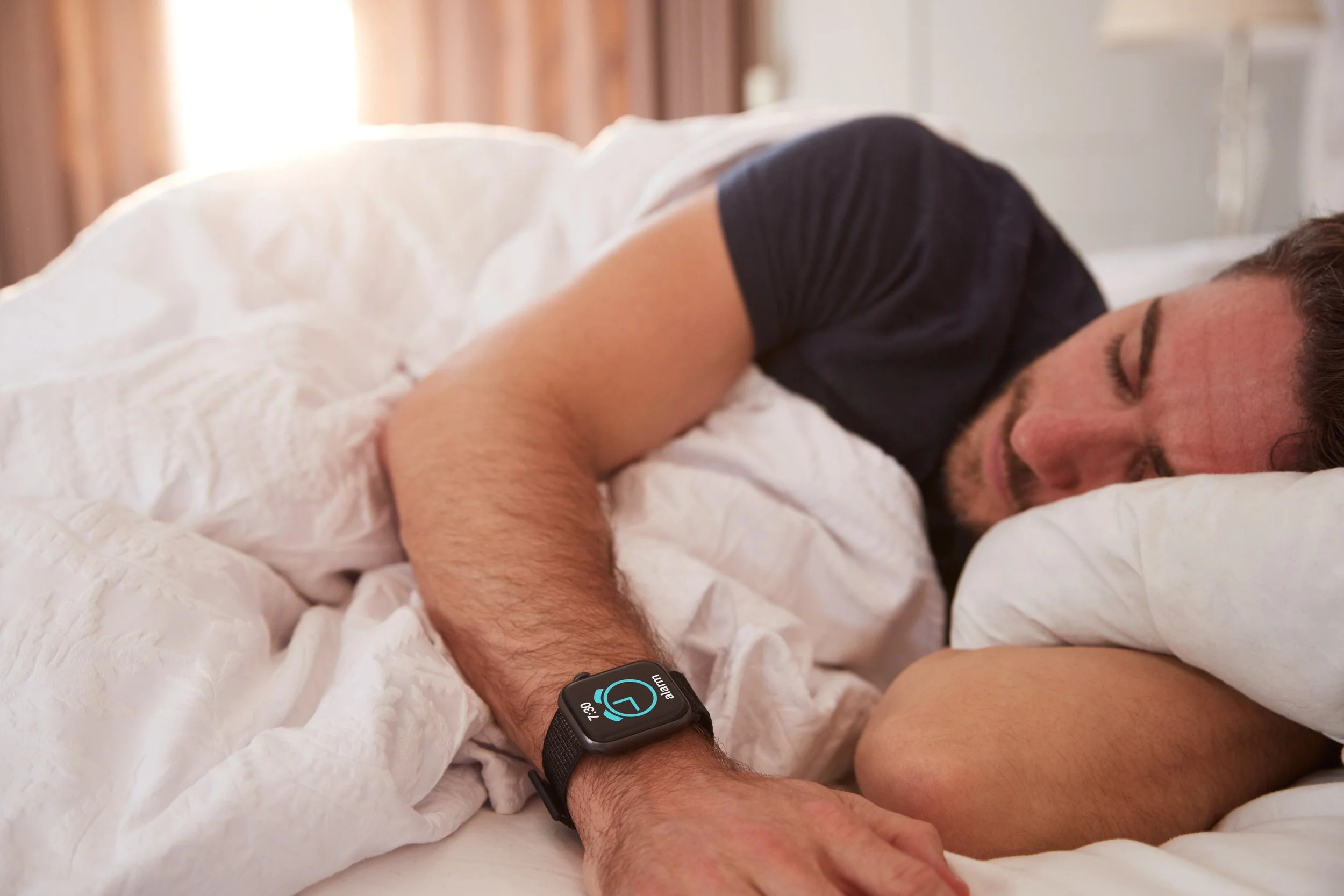The Sleep Dilemma: Quantity vs. Quality – Separating Science from Wearable Hype
/In today's tech-driven and quantified world, sleep has become a hot topic of discussion. As the demands of modern life increase, people are constantly seeking ways to optimize their sleep patterns. The days of burning the candle on both ends, staying up late, and rising early, are no longer badges of honor. High performers recognize the health, and professional and fitness benefits of optimizing sleep. With the advent of consumer wearables like Whoop, Apple Watch, Garmin, and Oura Ring, it's easier than ever to track your sleep. But the question remains: is it the quantity of sleep or the quality, as measured by these devices, that matters most? In this blog post, we'll delve into the benefits of sleep quantity as supported by scientific evidence and compare it to the measurements and claims made by these popular wearables, which may not be as sophisticated as they seem when it comes to measuring sleep quality.
Sleep Quantity: The Foundation of Well-being
Sleep quantity, the total amount of time spent asleep, is a fundamental aspect of sleep hygiene. Numerous studies have demonstrated the importance of getting enough sleep for physical and mental well-being, with the evidence suggestion 7-9hrs of sleep for the majority of the population, and health detriments outside of this window. Here are some of the key benefits:
Physical Health:
Immune System Support: Adequate sleep enhances the immune system's ability to fight off infections and illnesses.
Weight Management: Poor sleep is associated with weight gain and an increased risk of obesity and metabolic affects.
Heart Health: Sufficient sleep lowers the risk of heart diseases and stroke, and improves the hearts response to exercise and performance training.
Mental Health:
Cognitive Function: Sleep helps consolidate memories, improve concentration, and enhance problem-solving skills.
Mood Regulation: A lack of sleep is linked to mood disorders such as depression and anxiety.
Emotional Resilience: Good sleep contributes to emotional stability and the ability to cope with stress.
Performance:
Productivity: Sleep-deprived individuals often experience reduced work efficiency and creativity.
Safety: Fatigue due to insufficient sleep can lead to accidents and errors, especially when driving or operating machinery.
Exercise and Performance Training: insufficient sleep can elevate resting and active HR, increase the onset of lactic acid production, and decrease Vo2max.
Quality Matters, but Wearable Technology Has Limitations
While sleep quantity is undeniably important, sleep quality is equally crucial. Quality refers to the various sleep stages, including deep sleep and REM (rapid eye movement) sleep, which play vital roles in physical and mental restoration. This is where wearable technology like the Whoop, Apple Watch, Garmin, and Oura Ring comes into play.
These devices claim to monitor sleep quality by tracking factors such as heart rate variability, body temperature, and movement during the night. However, experts caution that the accuracy of these measurements may be limited. Here are some points to consider:
Limited Sensitivity: Consumer wearables may not be sophisticated enough to accurately distinguish between sleep stages, leading to overestimations or underestimations of deep and REM sleep.
Environmental Factors: Wearables cannot account for external factors such as noise, temperature, or disturbances that affect sleep quality.
Individual Variability: What constitutes "quality" sleep can vary greatly from person to person. Wearables may not capture these individual nuances.
User Reliability: The accuracy of wearable data heavily relies on the device's placement and user compliance, which can vary.
Time in Bed vs. Time Asleep
One important distinction to make when discussing sleep is the difference between time spent in bed and actual time asleep. Time in bed refers to the total duration a person spends lying down in bed, including periods of wakefulness, while time asleep is the actual duration of restorative sleep. Wearable devices can provide valuable insights into these distinctions.
Sleep Efficiency: Wearables can calculate sleep efficiency by comparing the total time spent in bed with the actual time asleep. A lower sleep efficiency may indicate restless sleep, which could be due to factors like stress, or over-training.
Behavioral Change Tools: These wearables can serve as behavioral change tools by increasing awareness of time in bed versus time asleep. By analyzing sleep data, users can see how their habits, such as late-night screen time or irregular sleep schedules, affect their sleep efficiency.
Behavioral Change and Endurance Athletes, Specifically Swimmers
For endurance athletes like swimmers, optimizing sleep is crucial for performance and recovery. Here's how wearables can be particularly helpful in this context:
Getting in Bed Sooner: Endurance athletes often have rigorous training schedules. Wearables can provide data on how long it takes to fall asleep, encouraging athletes to establish a consistent bedtime routine. Swimmers can use this information to ensure they get enough sleep to support their training demands.
Awareness of Sleep Duration: Swimmers can track their sleep patterns with wearables and adjust their training schedules accordingly. For example, if they had a restless night and their sleep duration was shorter than usual, they might opt for a lighter training session to reduce over-training.
Actual Time Spent Asleep: Understanding the difference between time spent in bed and actual time asleep can help swimmers evaluate their sleep quality. They can then make informed decisions about improving sleep conditions, such as adjusting room temperature or reducing noise and light.
Recovery: Sleep is a critical component of recovery for endurance athletes. Wearables can provide data on sleep quality and duration, helping swimmers gauge their recovery needs after intense training or competitions. By prioritizing sleep, they can enhance their body's ability to repair and adapt. Resting heart rates decrease as an adaptation of training, and increase from over-training or de-training. Monitoring resting HR can be an effective metric or gauging training load and recovery.
Performance Enhancement: Consistent, high-quality sleep can significantly impact an athlete's performance. Swimmers can use wearable data to identify optimal sleep patterns that lead to peak performance and tailor their training cycles accordingly.
In conclusion, wearables like the Whoop, Apple Watch, Garmin and Oura Ring offer valuable insights into sleep patterns, which can be particularly beneficial for endurance athletes like swimmers. By distinguishing between time in bed and time asleep and using this data as behavioral change tools, athletes can optimize their sleep habits to support better performance and recovery. These devices have the potential to become indispensable tools in an athlete's toolkit for achieving their competitive goals.
However, it's important to recognize that while these wearables hold promise in tracking sleep quality, their accuracy and reliability may not yet match that of professional sleep monitoring methods. Therefore, it's advisable to use these devices for general insights rather than relying on them as definitive measures of sleep quality, or over-emphasizing quality as a replacement for quantity.
Ultimately, the debate between sleep quantity and sleep quality highlights the importance of both aspects for overall well-being. Scientific evidence overwhelmingly supports the need for adequate sleep to promote physical and mental health, with sleep quantity forming the foundation upon which quality sleep can be built.
To strike the right balance, prioritize getting the recommended amount of sleep and focus on optimizing your sleep environment and habits to improve the quality of your rest. As technology continues to advance, wearable devices may become more accurate in measuring sleep quality. Until then, approach their data with a dose of skepticism while maintaining good sleep hygiene for your overall health and well-being.








